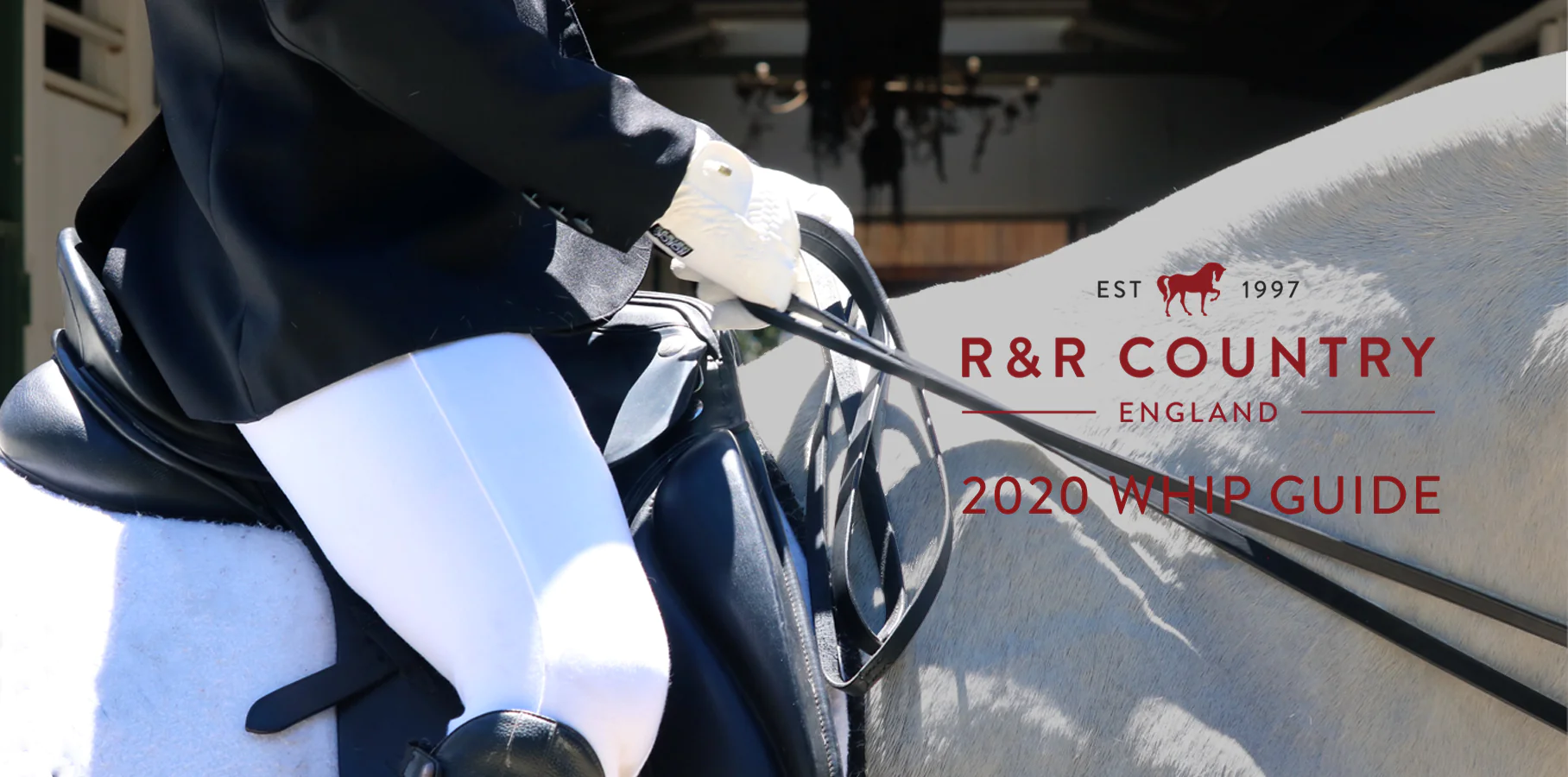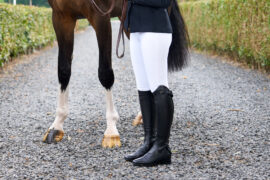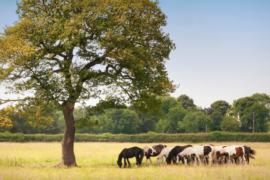If you’re planning to dabble in the world of showjumping this year, you may already know that the British Showjumping rules for whips and bats have changed for 2020. Here’s the lowdown on what these changes may mean for you, and suggestions for eligible show gear if yours are no longer suitable.
In order to improve equine welfare in competition, only cushion whips will now be permitted. These must measure between 45cm and 70cm, with a maximum weight of 160g which should be equally weighted across the length of the whip. There must also be no binding within 17cm of the end of the pad.
Legal whips for 2020
So, what whips are allowed under the new ruling?
The Darley Short Event Whip is the smallest suitable option, measuring 50cm in length. At £28, this comes in a choice of black, brown, burgundy or royal blue. Its dimensions are:

The Lemieux LeBaton 57cm Whip, £19.95. This is a jumping and general purpose whip with a kind, shock absorbing gel at the end and generous grip handle. Available in a choice of five colours, this whip is ideal for matching to your showing outfit. Its dimensions are:

The Darley Event Whip is allowed under the ruling, measuring in at 70cm – the maximum legal length, for those who prefer a longer whip. Riders again have a choice of black, brown, burgundy and royal blue – the handle of this whip also matches the chosen shade. Dimensions:

British Showjumping new whip requirements
The full ruling requirements are as below, including reference to the diagrams above:
No rider may carry, use or permit to be used a whip other than as detailed below, in the arena, the collecting ring or anywhere, on, or in the immediate vicinity of the showground. Only one whip may be carried and no substitute for a whip may be carried. A whip, if carried, must be held in the hand by the handle with the handle at the top.
- The maximum length of the whip (A) is 70cm and must be no less than 45cm.
- There must be no binding within 17 centimetres of the end of the pad (B).
- The minimum diameter for a shaft is 1 centimetre and the shaft should run through the entirety of the whip.
- The overall weight of the whip must not exceed 160 grams and the weight should be evenly distributed throughout the full length of the whip.
- The contact area is considered to be 2/5’s (two fifths) of the overall length of the whip and must be covered with a pad.
- The pad must be smooth, with no protrusion or raised surface, and be made of shock absorbing material throughout its circumference such that it gives a compression factor of at least 6mm. There is to be no wording, advertising or personalisation of any kind on the pad.
Definitions
The whip: The equipment in its entirety.
The shaft: The term for the central core of the equipment.
The handle: The term for the riders contact area (D).
The contact area: The term for the area that will contact or may potentially contact the horse.
The pad: The term for the padded area that covers the shaft.
The binding: The term given to the threaded area between the shaft and the pad that joins the two together.





